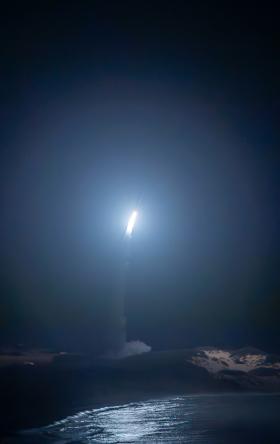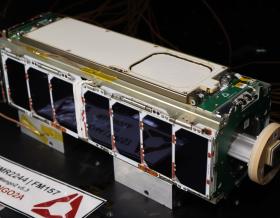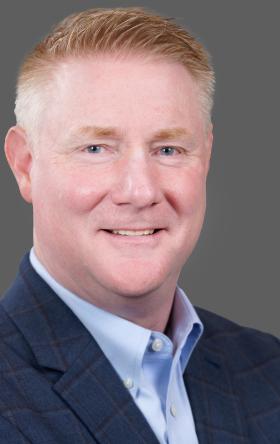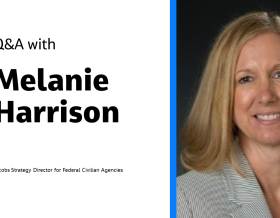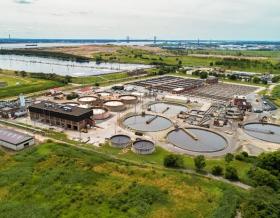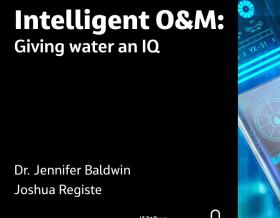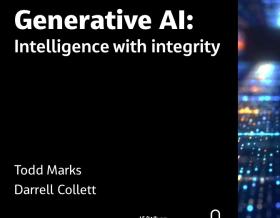Waste retrieved from the Magnox Swarf Storage Silo (MSSS) at Sellafield is being safely stored in an unencapsulated form for 50-75 years. This has never been done before and it is safety critical that hydrogen generation is measured and managed, especially when the waste first goes into store.
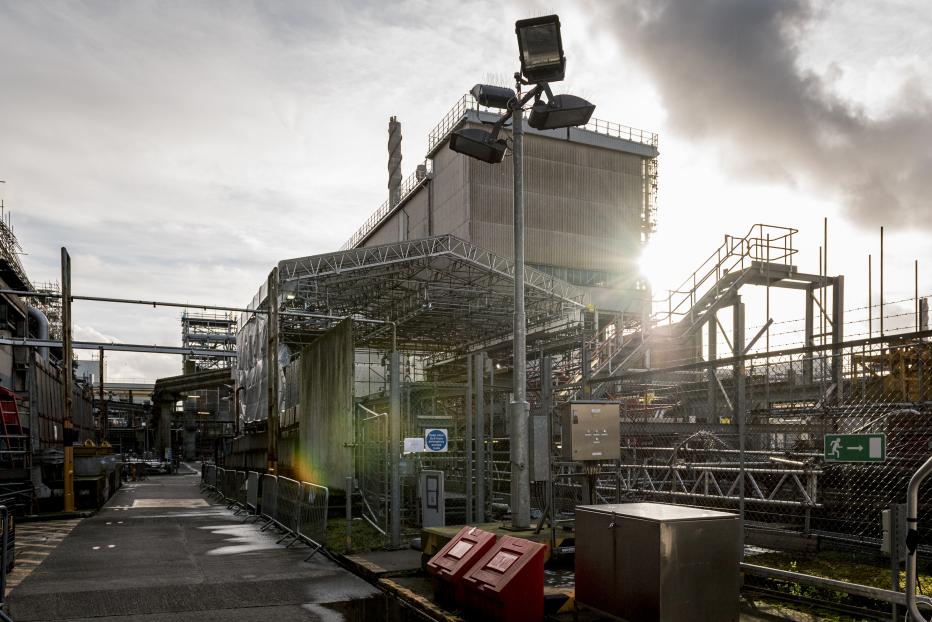
Sellafield Ltd made a commitment to regulators to carry out prompt and accurate characterization of waste at all times but had to find a non-intrusive and cost-effective way of doing it.
There was no existing technology capable of meeting the requirements of speed of measurement, accuracy, remote access and operations. In a world first, Jacobs developed a non-invasive, remote measurement technique to autonomously identify surface bubbles and provide volumetric assessment of hydrogen release rate in a matter of minutes.
The novel system uses machine vision to analyze video of the liquor surface in the skip. A bespoke software program reads camera images and uses light patterns to identify and track bubbles on the surface and to measure their size. Hydrogen release rate is calculated by summing the bubble volumes.
The system accounts for bubbles appearing, disappearing and merging, and will count bubbles on clear or cloudy liquors.
The system has progressed to Technology Readiness Level (TRL) 6 - full-scale in-active demonstration of an integrated system. Jacobs created a fit-for-purpose test rig, which enabled significant schedule and cost savings to be made during development.
The new system will ensure that Sellafield Ltd can meet the waste characterization requirements of the U.K.’s Office for Nuclear Regulation (ONR) in a way which takes only a minimal amount of time and costs very little.
The system has been trialed at full scale and is now being deployed as part of the characterization capability in the Encapsulated Product Store-Waste Transfer Route and Box Encapsulation Plant projects.






